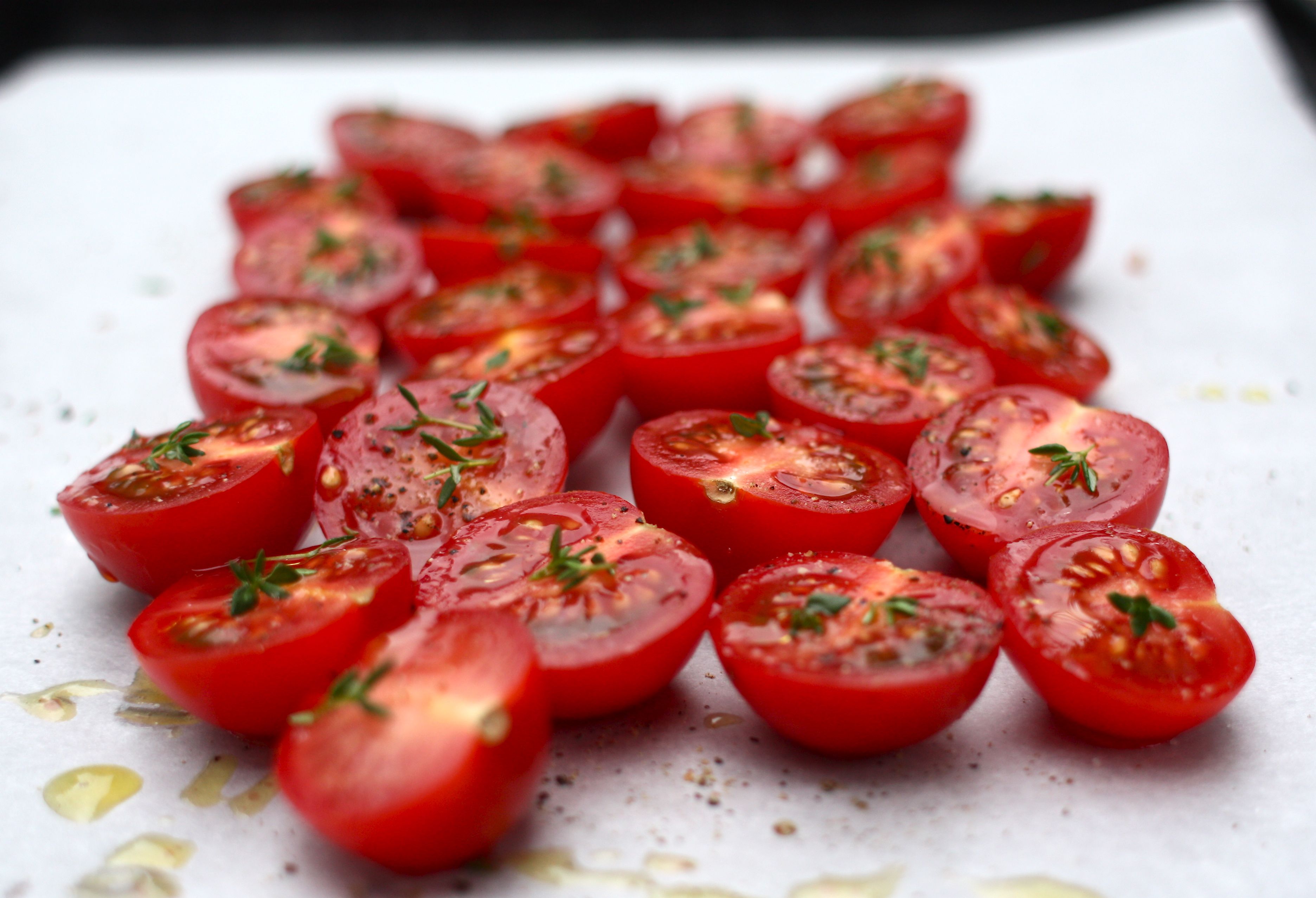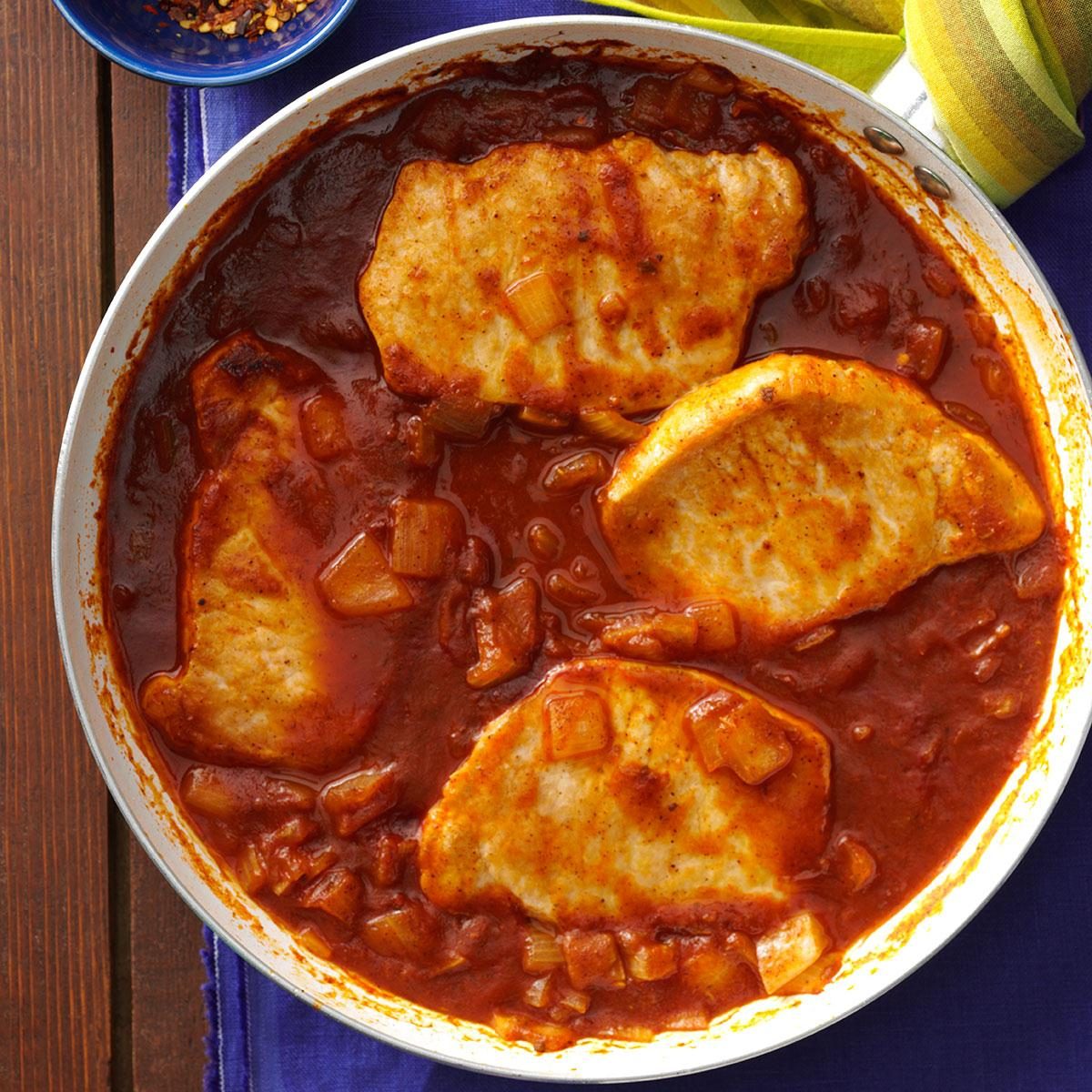From vibrant sauces to hearty stews, cooked tomato recipes offer a tantalizing array of culinary creations. The humble tomato, a versatile fruit, transforms into a symphony of flavors when cooked, adding depth and richness to countless dishes.
Whether you’re a seasoned chef or a novice in the kitchen, this guide will provide you with a comprehensive overview of cooked tomato recipes, from the essential ingredients to the diverse cooking techniques and the nutritional benefits they offer. Let’s embark on a culinary journey to explore the world of cooked tomato recipes.
Types of Cooked Tomato Recipes

Cooked tomato recipes are a staple in many cuisines around the world. They offer a wide range of flavors and textures, making them suitable for a variety of occasions.
The following are some of the most popular types of cooked tomato recipes:
Soups
- Tomato soup: A classic soup made with tomatoes, onions, garlic, and vegetable broth.
- Gazpacho: A cold tomato soup originating from Spain, made with tomatoes, cucumbers, onions, and peppers.
- Tomato bisque: A creamy soup made with tomatoes, onions, garlic, and cream.
Sauces
- Tomato sauce: A versatile sauce made with tomatoes, onions, garlic, and herbs. It is used in a variety of dishes, including pasta, pizza, and lasagna.
- Marinara sauce: A type of tomato sauce that is made with tomatoes, garlic, and oregano. It is often used in seafood dishes.
- Arrabbiata sauce: A spicy tomato sauce that is made with tomatoes, garlic, chili peppers, and red pepper flakes. It is often used in pasta dishes.
Stews
- Tomato stew: A hearty stew made with tomatoes, onions, garlic, and meat or vegetables. It is often served with rice or bread.
- Beef stew: A classic stew made with beef, tomatoes, onions, garlic, and vegetables. It is often served with mashed potatoes or egg noodles.
- Vegetable stew: A vegetarian stew made with tomatoes, onions, garlic, and a variety of vegetables. It is often served with rice or bread.
Casseroles
- Tomato casserole: A baked dish made with tomatoes, onions, garlic, and meat or vegetables. It is often topped with a layer of cheese or breadcrumbs.
- Lasagna: A classic Italian dish made with pasta, tomato sauce, cheese, and meat or vegetables. It is often baked in a casserole dish.
- Shepherd’s pie: A British dish made with ground lamb or beef, tomatoes, onions, and mashed potatoes. It is often baked in a casserole dish.
Ingredients Commonly Used in Cooked Tomato Recipes

Cooked tomato recipes often feature a vibrant array of ingredients that enhance the natural flavors of tomatoes. These ingredients work harmoniously to create dishes that are both flavorful and visually appealing.
Tomatoes
Tomatoes are the cornerstone of any cooked tomato recipe. Their juicy flesh, tangy acidity, and sweet undertones provide the foundation for a wide range of dishes. Whether used fresh, canned, or sun-dried, tomatoes bring a burst of flavor to every meal.
Onions
Onions add depth and sweetness to cooked tomato recipes. Their pungent aroma and subtle crunch provide a perfect balance to the acidity of tomatoes. White, yellow, or red onions can be used depending on the desired flavor profile.
Garlic
Garlic is an indispensable ingredient in many cuisines, and it plays a vital role in enhancing the flavors of cooked tomato dishes. Its pungent aroma and earthy taste add a savory complexity to sauces, soups, and stews.
Herbs
Fresh herbs, such as basil, oregano, and thyme, bring a vibrant touch to cooked tomato recipes. Their aromatic leaves add a refreshing and herbaceous dimension that complements the richness of tomatoes.
Spices
Spices, such as paprika, cumin, and chili powder, can add warmth and depth to cooked tomato dishes. They create a tantalizing blend of flavors that enhances the natural sweetness of tomatoes and adds a touch of spice.
Cooking Techniques for Cooked Tomato Recipes
Cooking tomato recipes involve various techniques that enhance the flavor and texture of the tomatoes. These techniques include sautéing, simmering, and roasting, each with its unique characteristics.
Sautéing
Sautéing involves cooking tomatoes in a pan with a small amount of oil over medium heat. This technique allows the tomatoes to soften and release their juices while developing a slightly caramelized exterior. Sautéing is often used for quick and easy tomato sauces, stir-fries, and omelets.
Simmering
Simmering is a gentle cooking method where tomatoes are cooked in a liquid, such as water, broth, or wine, over low heat. This process allows the tomatoes to soften and break down, resulting in a rich and flavorful sauce. Simmering is ideal for dishes like soups, stews, and braises.
Roasting
Roasting involves cooking tomatoes in the oven at high temperatures. This technique caramelizes the tomatoes, intensifies their sweetness, and develops a slightly smoky flavor. Roasted tomatoes can be used in salads, pasta dishes, and as a topping for pizzas and bruschetta.
Nutritional Benefits of Cooked Tomato Recipes
Cooked tomato recipes are not only delicious but also packed with an array of essential nutrients. The process of cooking tomatoes enhances their nutritional value, making them a valuable addition to a healthy diet.
One of the most notable benefits of cooked tomato recipes is their high content of lycopene, a powerful antioxidant that has been linked to a reduced risk of certain chronic diseases, including cancer and heart disease. Lycopene is more easily absorbed by the body when tomatoes are cooked, making these recipes an excellent way to reap its benefits.
Vitamins and Minerals
Cooked tomato recipes are also a rich source of vitamins and minerals, including:
- Vitamin C: An essential nutrient for immune function, skin health, and wound healing.
- Potassium: An electrolyte that plays a crucial role in maintaining blood pressure and regulating heart function.
- Vitamin K: Necessary for blood clotting and bone health.
- Iron: An essential mineral for oxygen transport and red blood cell production.
Antioxidants
In addition to lycopene, cooked tomato recipes contain a variety of other antioxidants, including beta-carotene, lutein, and zeaxanthin. These antioxidants help protect cells from damage caused by free radicals, which can contribute to aging and disease.
Popular Cooked Tomato Recipes
Cooked tomato recipes are a staple in many cultures around the world. They are versatile and can be used in a variety of dishes, from soups and stews to pasta sauces and pizzas. Here is a table of some of the most popular cooked tomato recipes, along with their ingredients and s:
| Recipe Name | Ingredients | s | Image |
|---|---|---|---|
| Tomato Soup | Tomatoes, onion, garlic, celery, carrots, vegetable broth, salt, pepper | Creamy, smooth, and comforting | [Image of tomato soup] |
| Spaghetti with Tomato Sauce | Tomatoes, onion, garlic, olive oil, basil, oregano, salt, pepper | Tangy, flavorful, and easy to make | [Image of spaghetti with tomato sauce] |
| Pizza with Tomato Sauce | Tomatoes, onion, garlic, olive oil, basil, oregano, salt, pepper, pizza dough | Cheesy, delicious, and a classic | [Image of pizza with tomato sauce] |
| Tomato Stew | Tomatoes, onion, garlic, celery, carrots, beef broth, salt, pepper | Hearty, flavorful, and perfect for a cold day | [Image of tomato stew] |
Tips for Cooking with Tomatoes
Cooking with tomatoes is a great way to add flavor and nutrition to your meals. Here are a few tips to help you get the most out of your tomatoes:
Choosing the Right Tomatoes
Not all tomatoes are created equal. When cooking, it’s important to choose tomatoes that are ripe and flavorful. Avoid tomatoes that are green, have bruises, or are too soft. The best tomatoes for cooking are those that are firm, have a deep red color, and are slightly fragrant.
Seasoning Properly
Tomatoes have a naturally sweet flavor, but they can benefit from a little bit of seasoning. When cooking with tomatoes, don’t be afraid to add some salt, pepper, and garlic. You can also add other herbs and spices to taste, such as oregano, basil, or thyme.
Avoiding Overcooking
One of the biggest mistakes people make when cooking with tomatoes is overcooking them. Overcooked tomatoes can become mushy and lose their flavor. To avoid this, cook tomatoes over medium heat and only cook them until they are softened. If you are using canned tomatoes, you can skip this step.
Final Conclusion
As we conclude our exploration of cooked tomato recipes, it’s evident that these culinary delights offer not only flavor but also nourishment. With their versatility and ease of preparation, they have become staples in kitchens worldwide. Whether you’re craving a comforting stew, a tangy sauce, or a vibrant soup, cooked tomato recipes have something to offer every palate.
FAQ Corner
What are some popular types of cooked tomato recipes?
Cooked tomato recipes encompass a wide range of dishes, including soups, sauces, stews, and casseroles. Each type offers unique flavor profiles and cooking techniques, providing endless possibilities for culinary exploration.
What are the key ingredients commonly used in cooked tomato recipes?
The foundation of many cooked tomato recipes lies in a harmonious blend of ingredients. Tomatoes, of course, take center stage, complemented by aromatic vegetables like onions and garlic. Herbs and spices, such as basil, oregano, and thyme, add layers of flavor, while olive oil provides a rich base.
How can I enhance the flavor of my cooked tomato dishes?
Unlocking the full potential of cooked tomato recipes lies in the art of seasoning. Salt and pepper are essential starting points, but don’t be afraid to experiment with other spices and herbs. A touch of sweetness from honey or sugar can balance the acidity of tomatoes, while a hint of heat from chili flakes or cayenne pepper adds a touch of excitement.
